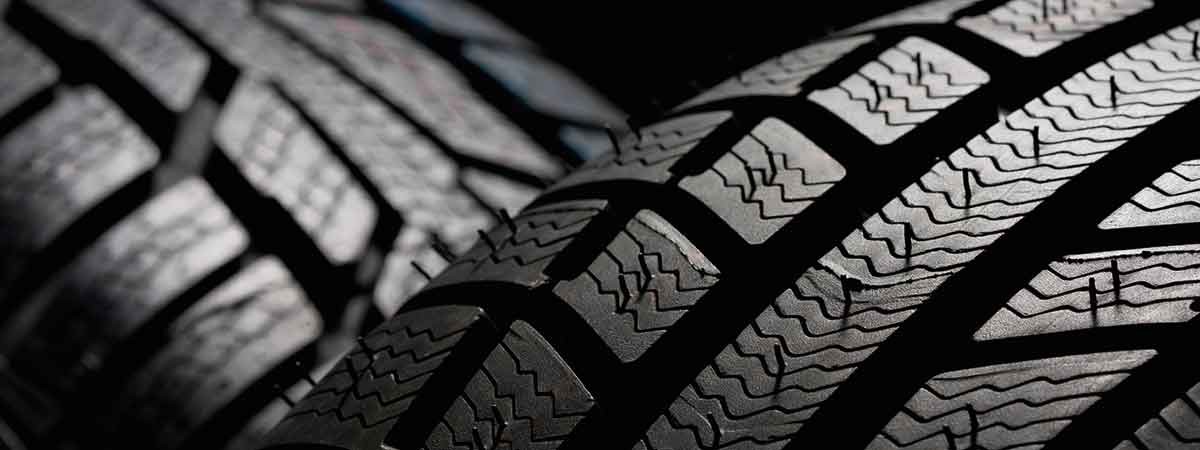Retread tires are able to meet the high quality and safety requirements currently in force. They help to save money and protect the environment. One of the important steps in the retreading process is cold vulcanization under vacuum.
Retread tires suffer from an image problem. However, this is less due to their actual quality and more because of the persistence of bad reports. When the process of retreading was introduced, there were indeed some unpleasant events – including burst tires. However, these growing pains have long since been overcome. Even large tire manufacturers now offer retread tires.
The main argument for choosing these tires is of course their price, as they are significantly cheaper than new tires. Word of this has spread, especially among truck owners. The market share of reconditioned tires in Germany is around 40 percent for truck tires. Retreading also saves on raw materials and energy, thus reducing the ecological footprint. Last but not least, it makes sense to only replace the part that is actually worn out: the tread.
Testing and reconditioning
In order to turn a worn tire into a retreaded one, the old tires supplied are first thoroughly inspected, including a pressure test on casings with visible damage. Any suitable old tires are then transported to the buffing machine, which removes the outer layer of the tread like a precision lathe and smoothes out any irregularities. The residual material is collected and recycled. After buffing, trained specialists inspect the tire again for possible damage and repair it if necessary. The binding rubber is then applied, which both fills and levels out areas in need of repair.
Now, similarly to the production of new tires, the tread is cut to the exact length and applied to the blank. In the case of retreading with cold vulcanization, however, the tire is already provided with the desired profile. The side walls can also be rebuilt if required.
Cold vulcanization under vacuum
The various layers are firmly bonded together during the subsequent cold vulcanization in an autoclave. The vulcanization takes place at a high pressure and at temperatures between 95 and 110 degrees Celsius. In this process, the polymer chains of the different layers link with each other. Among other things, it is important that the pressure can act continuously and evenly.
To ensure this, the tires are first covered with elastic rubber sleeves. The sleeve is completely evacuated before the package reaches the autoclave. There the vacuum is released again after some time, but a constant difference between the pressure in the autoclave and in the sleeve remains. This work ensures, among other things, optimum pressure distribution even in the base of the profile. It also prevents displacement in the profile and in the binding rubber. After vulcanization, there is practically no way to distinguish a completely reworked tire from a new one – apart from a special marking.

Top-Quality Tire Retreads
Vacuum helps with tire recycling
What do retreads do for the environment?
Truck tires are retreaded at least once on average. For tires that are used away from public roads – i.e. on construction sites or in opencast mining – retreading may be done several times. Around 70 percent of the tire material is retained, including the casing and some of the rubber. The rubber material that falls off during buffing is used as an energy source.
Compared to manufacturing a new tire, the energy required for retreading is around 50 percent less, with water requirements around 80 percent lower. Up to 70 percent of the crude oil consumed can also be saved. On average, 50 kilograms less raw materials are required, corresponding to savings of around 70 percent. CO2 emissions are around 30 percent lower than for the production of new tires.
Truck tires are retreaded at least once on average. For tires that are used away from public roads – i.e. on construction sites or in opencast mining – retreading may be done several times. Around 70 percent of the tire material is retained, including the casing and some of the rubber. The rubber material that falls off during buffing is used as an energy source.
Compared to manufacturing a new tire, the energy required for retreading is around 50 percent less, with water requirements around 80 percent lower. Up to 70 percent of the crude oil consumed can also be saved. On average, 50 kilograms less raw materials are required, corresponding to savings of around 70 percent. CO2 emissions are around 30 percent lower than for the production of new tires.